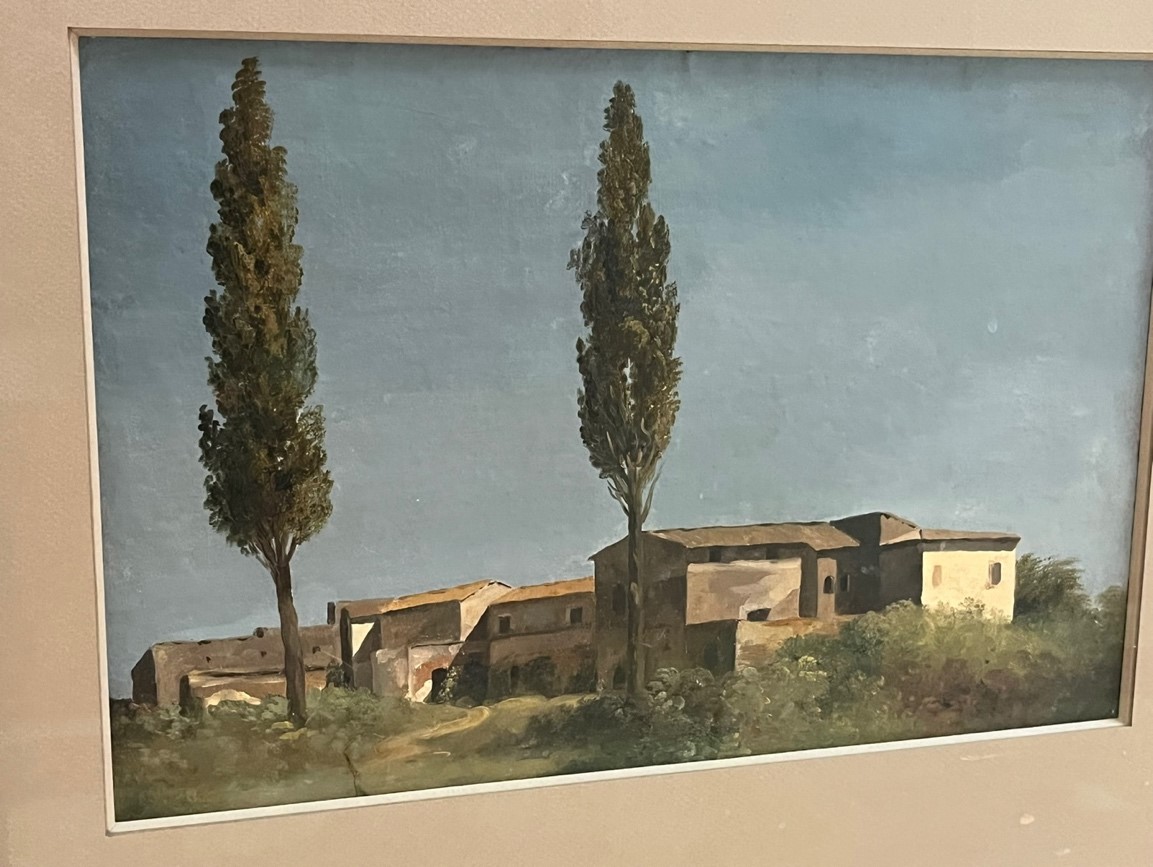

Balthus before Balthus
My Louvre by Antoine Compagnon

Balthus before Balthus
I confess I had never stopped in this room, which, for that matter, isn’t really a room but rather a hallway between the David and Ingres rooms on the second floor of the southern Sully wing. I spoke long ago of the Boilly paintings hidden away in an alcove that opens onto this vestibule (Sully, room 938), because I had taken an interest in its depictions of the Parisian small trades and sought it out. But, unable to step back and see them at one glance, I had often passed by these Pierre de Valenciennes without noticing them (Sully, room 936). What a mistake! Both walls are entirely covered with Italian landscapes, each more felicitous, more peaceful than the last: Lake Nemi, the Villa Borghese, the Villa Farnese, the Colosseum, Etna—a whole Grand Tour. The artist made these plein air works for himself in the 1780s to remember, to stock up on images. Nothing better illustrates the famous douceur de vivre of the final years of the Ancien Régime than these two poplars titled Farm-buildings at the Villa Farnese—a perfect combination of the sky, the low horizon, the ocher houses and path, and the vertical lines of the two slender trees reaching toward the sky. The shadows seem to indicate late afternoon. One can see here the lesson Corot learned from Pierre de Valenciennes. Corot found in him what Théophile Gautier would later call Corot’s “bonhomie”—a spontaneity, a rejection of cliché, a presence. Later, it will be found again in landscapes by Balthus or Morandi.